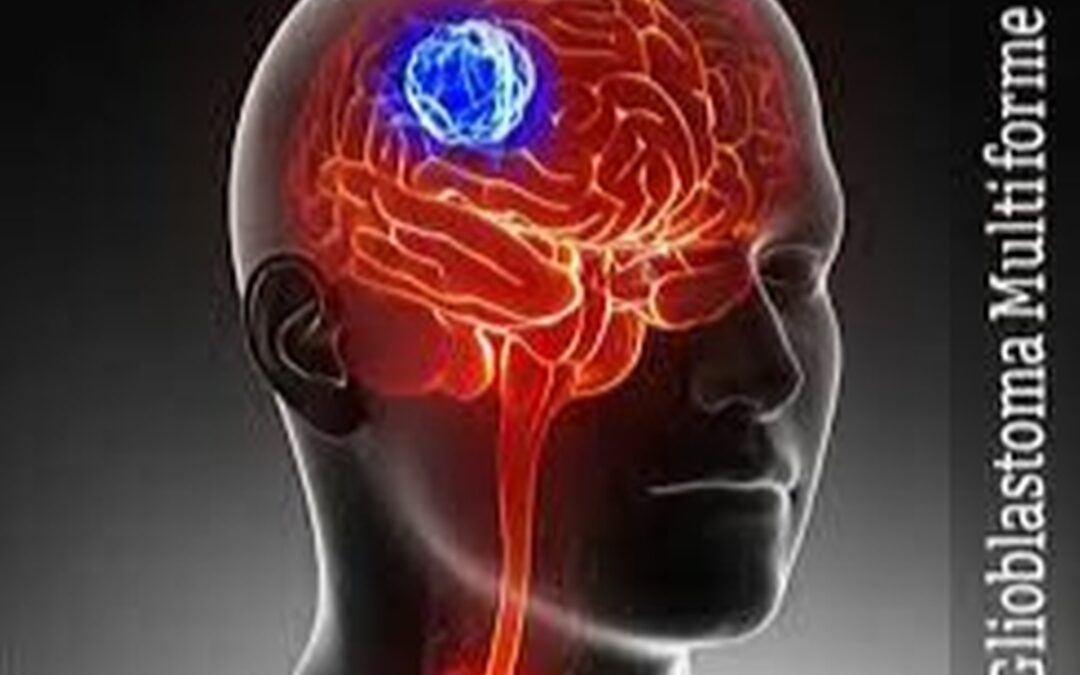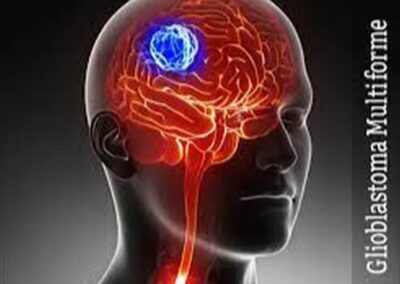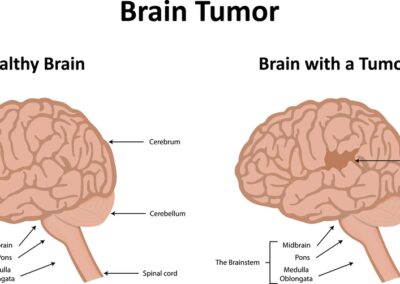Glioblastoma (GBM) is a tumor that arises from the glial cells or supportive tissue of the brain or spinal cord. The glial cells in the brain help to keep the neurons in its proper location and functioning. GBM is the most common primary malignant brain tumor and also one of the most aggressive tumors principally because the tumor cells mix with normal brain tissue and therefore are very difficult to treat. Almost all patients experience tumor progression with nearly universal mortality and a median survival of less than 15 months. Pathologically there are two types of glioblastomas: primary, originating de novo, and secondary, evolving from lower-grade gliomas.
Reports from the United States of America suggest that annually about 13,000 patients are diagnosed with GBM. The incidence of GBM is seen mostly in people above the age of 50 and maximum patients are senior citizens who are above 70 years. When compared to the USA, the incidence of GBM is comparatively less in India. The most common symptoms of GBM are headache and may occur alone or in combination with persistent weakness, numbness, blurred vision, balance issues, seizure, changes in memory, or alteration of language. The mainstay of treatment includes maximal surgical removal, followed by radiotherapy plus concomitant and maintenance temozolomide. At MIO around 275 people affected with GBM have been treated and the survival rate has been fair. Regardless of standard multidisciplinary treatment being provided, the disease has a poor prognosis, and emphasis at MIO is on preserving and improving the quality of life of both the patient and the caregiver.



